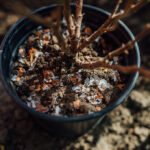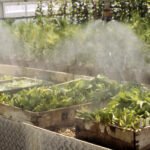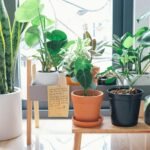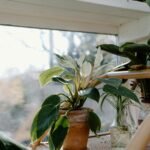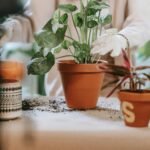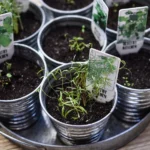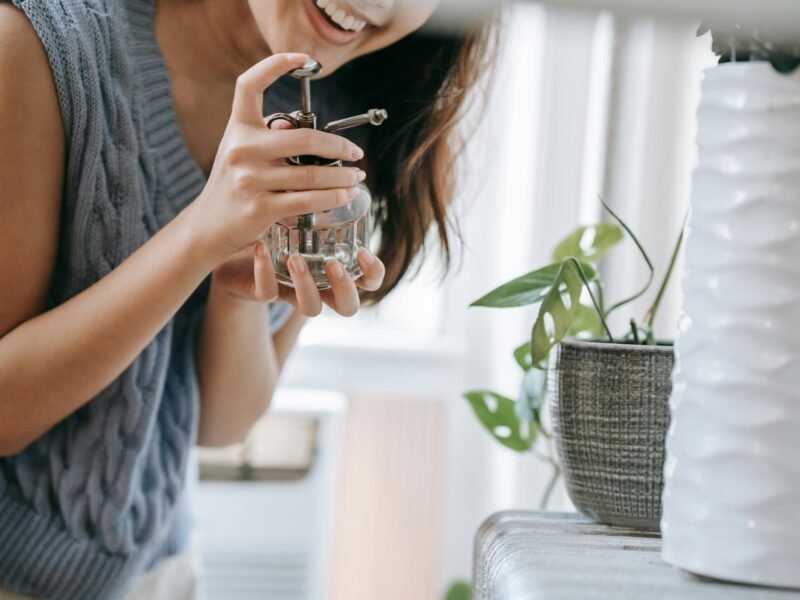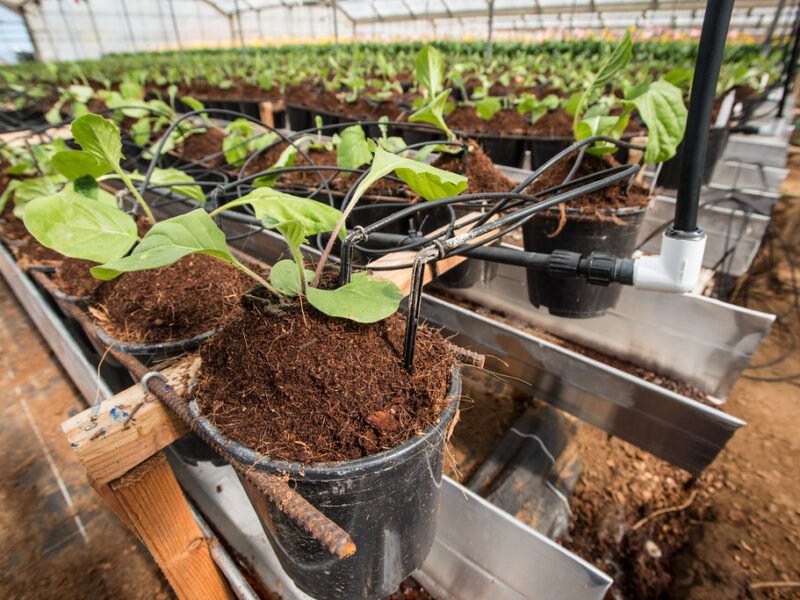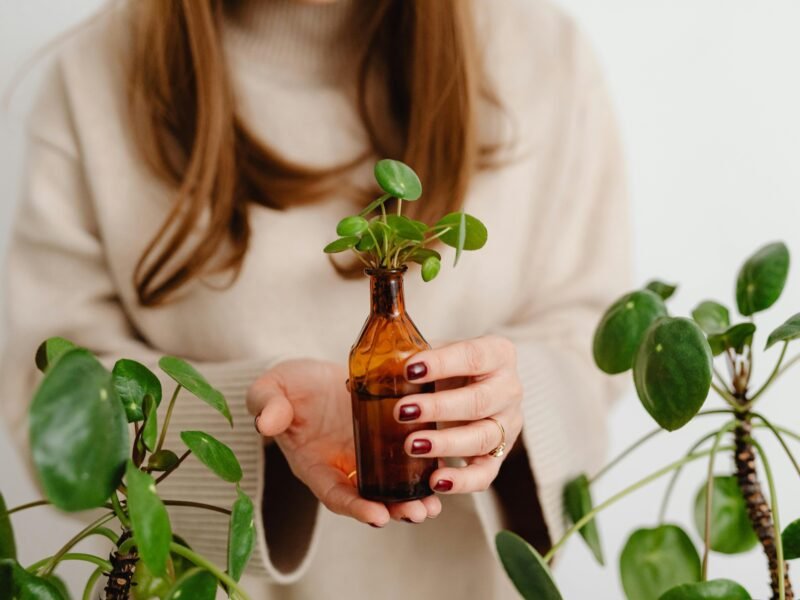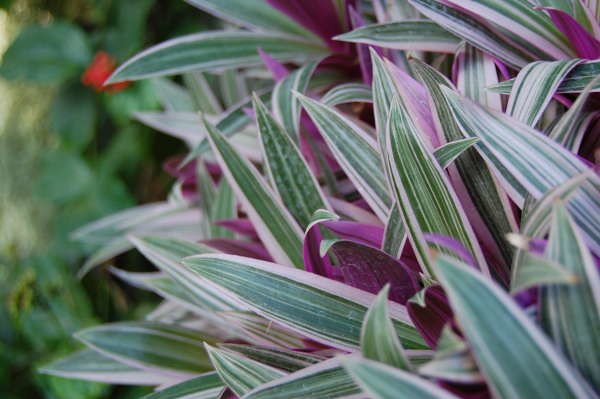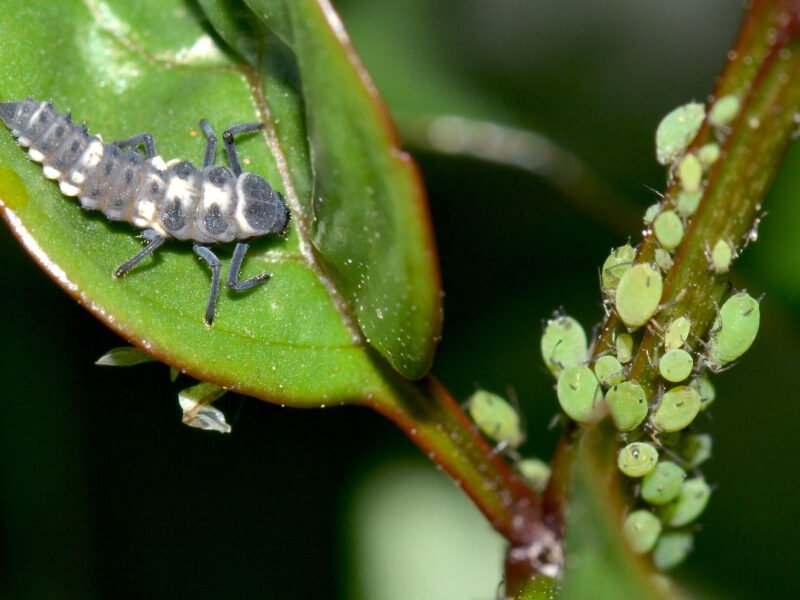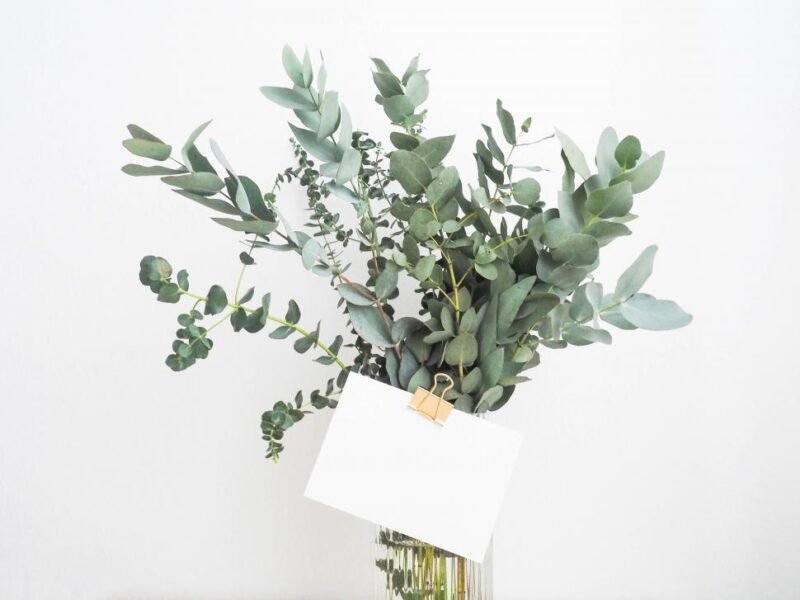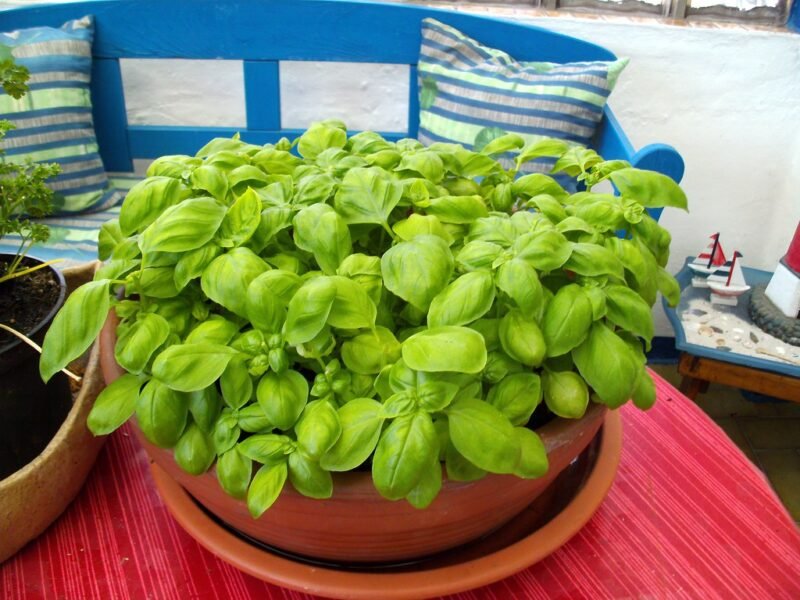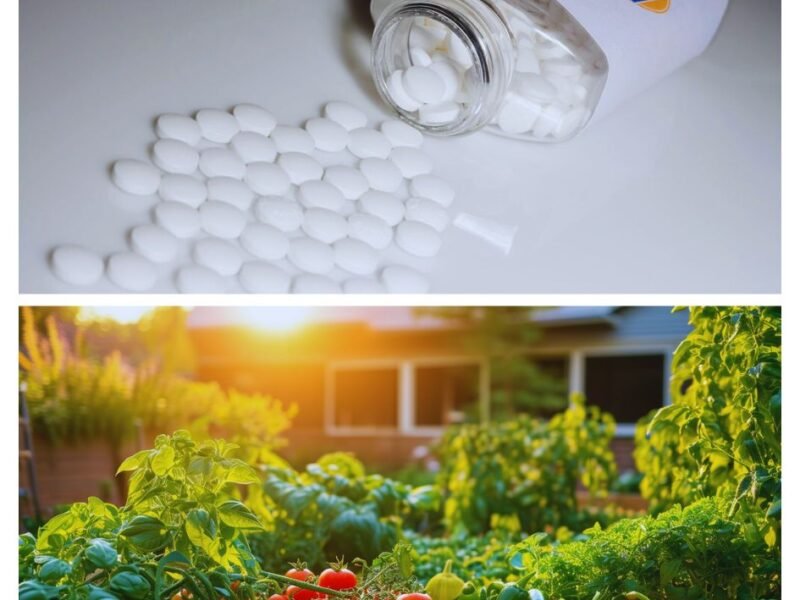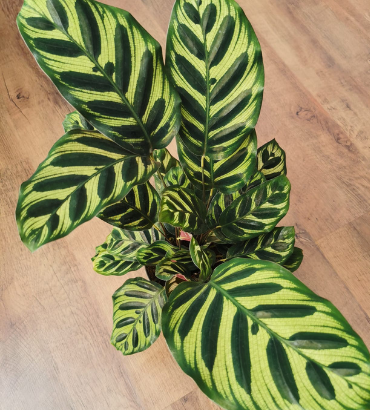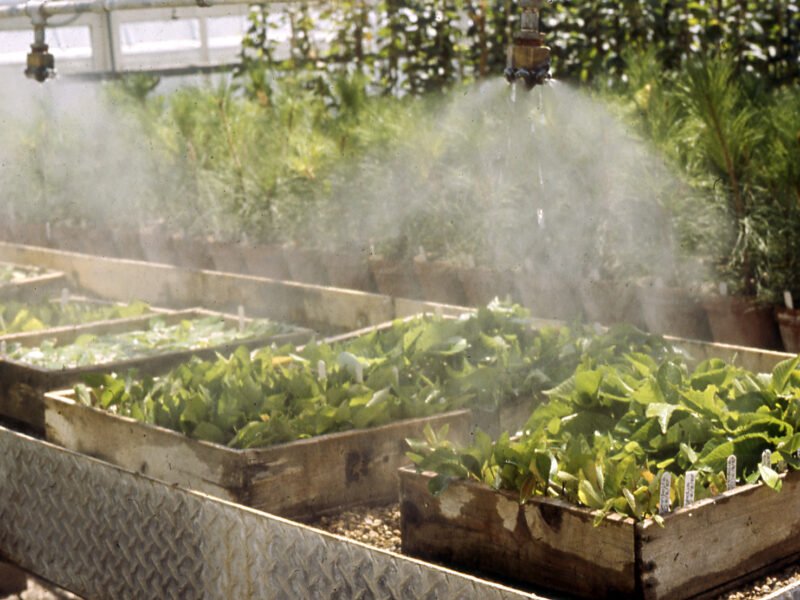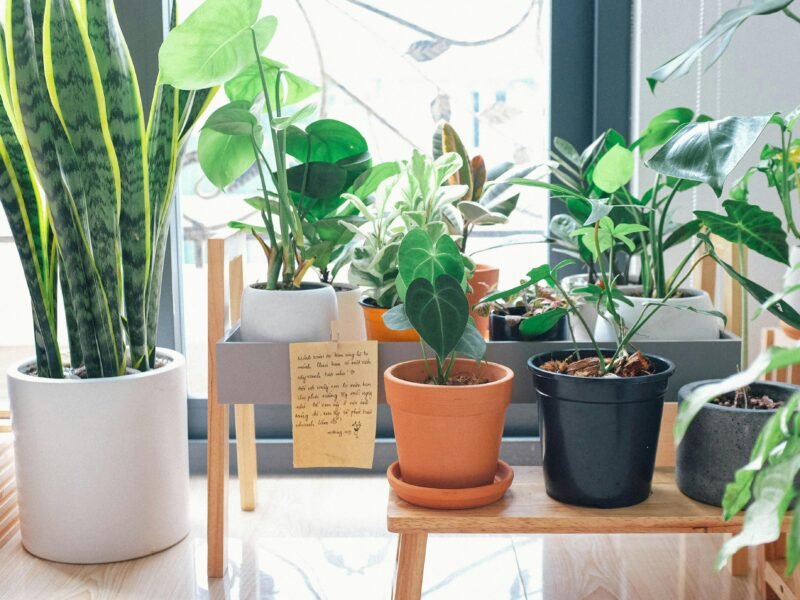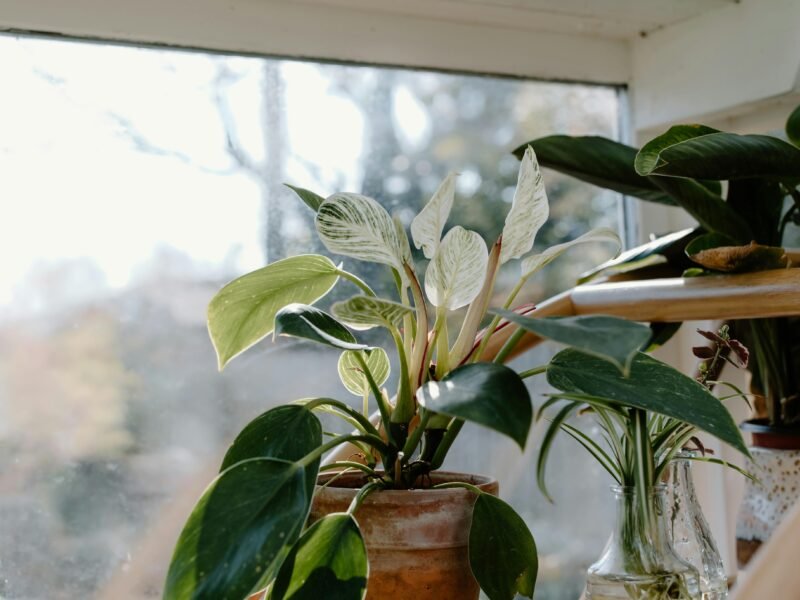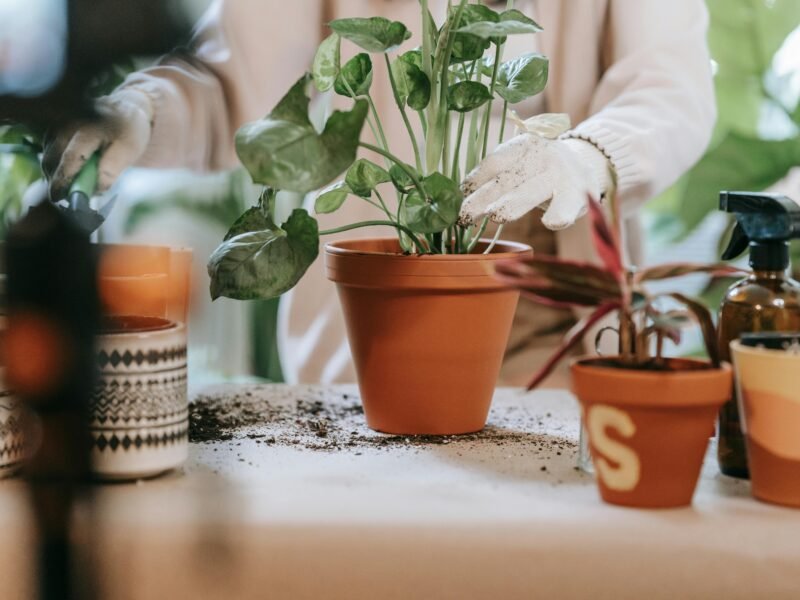Mold on Indoor Plant Soil-Prevention Guide
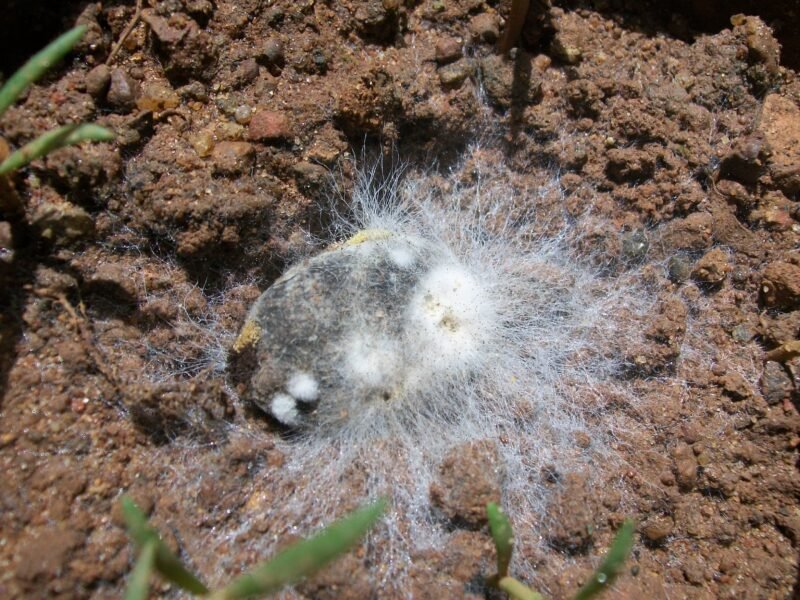
Mold growth on the soil of your indoor plants is a common problem for indoor plant growers. Usually found near the pot’s edge, mold forms as a white, fluffy substance over moistened areas of your houseplant soil. While mold is not harmful to plants, it indicates a less-than-ideal environment. Mold on Indoor Plant Soil If the soil of an indoor plant has a mold issue, it likely means that conditions include too much moisture, not enough air circulation, and/or the soil is rich in organic matter.
These conditions can cause mold spores to proliferate. Understanding how and why indoor plant soil becomes moldy can help you take better care of your plants. This article will help you understand the reasons behind mold growth in your plants, provide solutions for dealing with these molds, and provide tips for preventing their growth, thereby ensuring your plants thrive and grow as they should.
Table of Contents
ToggleWhat is Mold on Indoor Plant Soil
Mold is a fungus that thrives in warm and moist environments. It appears as a white fungus, but it is actually thin and fluffy; it can appear yellow, green, or even black on the soil surface of your plant. Fungus is not always a plant killer in indoor or outdoor plants, but it indicates a poor growing environment.
While mold is usually not directly harmful to your plant, its growth on the soil could indicate other issues, such as poor airflow or overwatering with inadequate drainage, which can lead to more serious problems. To prevent mold on indoor plant soil from happening again, start by learning how the mold got there in the first place.
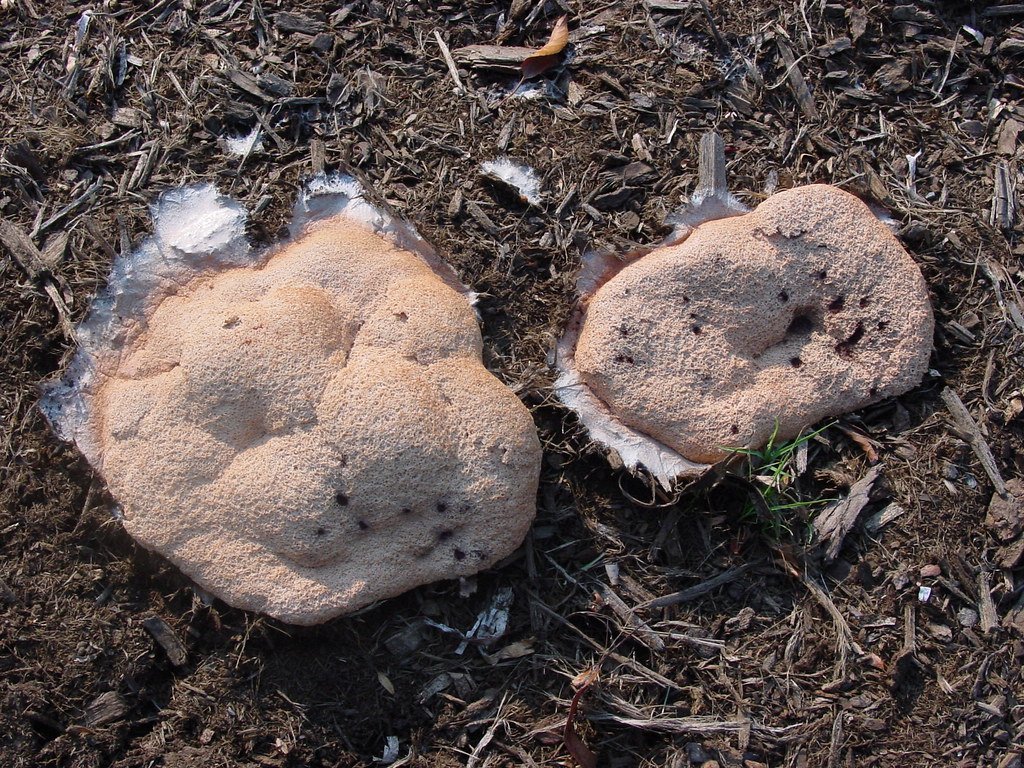
What Causes Mold on Indoor Plant Soil
Reasons for Mold Growth on Indoor Plant Soil The following section examines the most common causes:
Overwatering
Overwatering is one of the leading reasons why mold develops on indoor plant soil. If the base remains wet longer than it should, then BLACK MOLD SPORES has a chance to party and breed like it’s out of style. Potted plants necessitate less water than their outdoor counterparts due to their lack of exposure to sunlight or natural air circulation, which often triggers overwatering by novice gardeners. Soil that remains moist is like a big magnet for mould (source), especially if there is little or no ventilation. That was my first mistake.
Poor Drainage
We can overwater and have an inch of standing water in the bottom of our pot, but even if we are watering correctly, that same inch can lead to moldy indoor plant soil. However, overwatering occurs when the soil lacks a flow-on mechanism for excess water or if there are no drainage holes at the bottom of the pot. Mold thrives in environments with excessive moisture and waterlogged soil. Also worth mentioning is the fact that plants allowed to soak in standing water (excess remaining in saucers after watering) are more prone to mould.
Growing humidity and poor air circulation
The general concern is that if your home is high in humidity and has poor air circulation, the likelihood of mould on the soil of indoor plants increases since moulds tend to proliferate in moist environments like soil. Areas with higher humidity, like bathrooms, kitchens, and basements, can cultivate perfect conditions for mould to flourish. Insufficient airflow also prevents the soil from fully drying, leading to mold spores. Read more about humidity here.
Organic Material in Soil
Organically rich soil, such as compost or mulch, can favor old. Mold is actually the natural decomposition of organic material, which, under wet conditions, will happen much faster, and the enclosure you built could turn into a breeding ground for mold. Plant health: although organic-rich soil while organic-rich soil is ideal, it can also be conducive to mold spores if the soil is not kept wet enough.
Is Mold on Indoor Plant Soil Dangerous?
Mold growing on your indoor plant soil indicates that something is off with the plant environment, but it does not necessarily mean danger to an unhealthy plant. However, if the emergence of mold signals an ongoing issue, such as overwatering or soggy soil, your plant’s health may suffer over time.
If left untreated, conditions that cause mold to grow, such as excessive moisture, can also result in root rot, the latter being much worse. Furthermore, mold spores can enter the air and cause allergy-like symptoms or respiratory problems for individuals who occupy the space.
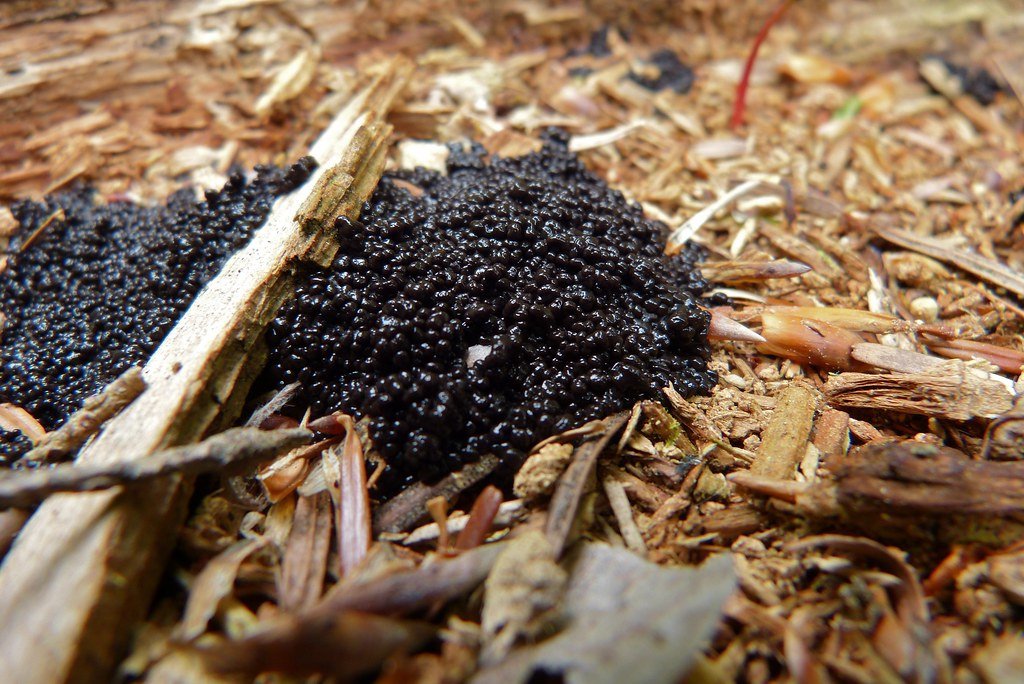
Remove Mold from Indoor Plant Soil
Let’s now examine the methods for removing mold from indoor spaces. Mold remediation professionals have many ways to destroy mold and reduce the likelihood that it will return.
Manually remove the mold.
The first step in removing soil mold from indoor plant soils is to remove as much of it manually as possible. To eliminate algae, lightly scrape off the top of moldy soil with a spoon or small gardening tool. When pulling the plant apart, be careful not to disturb the roots. Scrape up the moldy soil and throw it away (not in your compost pile, as the mold may spread).
Once you have removed the visible mold, we recommend replacing the surface layer dirt with fresh, clean potting soil to help prevent it from coming back.
Improve air circulation.
Adding some natural airflow around your indoor plants can dramatically decrease the likelihood of icky mold coming back. Consider running a fan in the room or even opening a window. Move plants to an area with more airflow. Otherwise, you can install a small indoor fan in specific areas of your home that may retain some humidity to improve air circulation.
Adjust watering habits.
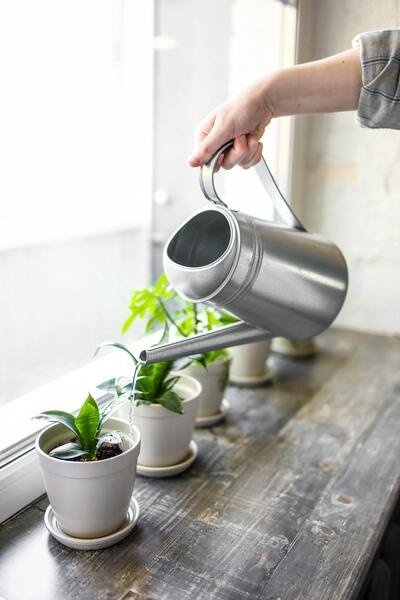
Overwatering is one cause of mold development in your indoor plant soil, so make sure you do not keep the soil too moist. Look at the top inch of soil and see if it feels dry. Slowly water it, and if it is still wet, wait a bit for it to dry out. You can also use a moisture meter to tell you when it’s time to water.
If watering, do so fully, but make sure that any excess drains out. Whether weekly or once a month, dump the saucer underneath the plant to ensure that it does not sit in water (mold loves this).
Another rule of thumb for potted succulent planters is that the soil must have proper drainage.
If mold continues to appear, you may want to repot your plant in new, better-breathing soil. I recommend seeking out soil mixes designed for indoor plants, as these have qualities that are more conducive to drainage. Also, be sure the pot you use has proper drainage to let excess water out.
Assuming your plant is in a pretty pot with no drainage holes, your best bet is to put it in a plain plastic nursery pot first and then use the fancy pot as a cachepot. This will ensure the plant gets proper drainage, which will make it easier to remove the plastic pot later to drain any excess water.
Apply a fungicide or natural solution.
If manual removal and better care are not sufficient to remove mold from your indoor plant soil, you can apply a fungicide directly to the affected soil. Garden centres sell a variety of fungicides that you can apply directly to the soil to eradicate mould.
Another option is to sprinkle cinnamon over the soil. You can also try natural methods. The cinnamon in Fire Cider, with its natural antifungal powers, can help keep molds at bay. Another do-it-yourself solution is to mix baking soda with water and lightly spray it on the soil surface to combat mold.
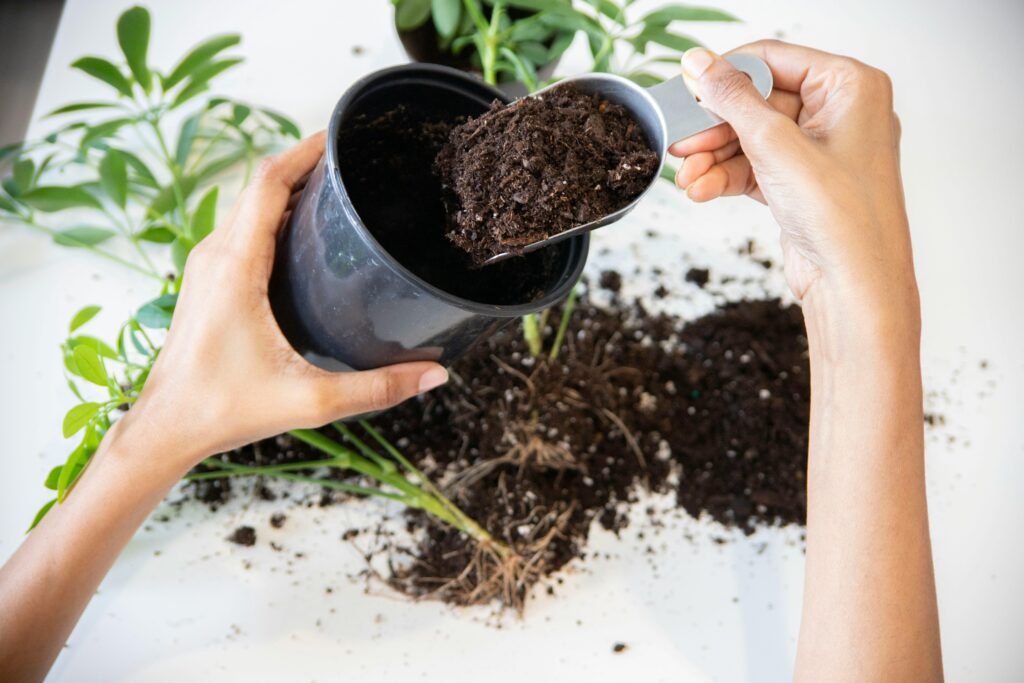
Keeping Soil Mold Free
We all understand that prevention is better than cure, so at this point, we’ll share a few things you can do to stop being bothered by mold on indoor plant soil.
Watering: Always ensure the soil is completely dry before each watering session, and water your plants from the base.
Ventilate: To prevent the growth of mold, ensure adequate ventilation in every room, particularly damp ones.
Dehumidifier: If you realize that your home tends to be more humid, it is advisable to use a dehumidifier in the rooms where you have planted plants.
Sterilized Soil: If you must repot, use sterilized potting throughout the process to reduce the transfer of spores.
In summary, mold on the soil of indoor plants is not only normal but also fixable with a few proactive steps. Although mold growing on the soil of your indoor plants may not always pose a direct threat to their well-being, it is typically indicative of larger problems such as overwatering, slow drainage, or inadequate air circulation. Here’s what you can do to balance your watering routine and ensure proper plant drainage in order to make your surroundings less mold-friendly. · Letting go of some water. Marshal emphasizes the importance of providing spaces for empty pots during watering. You may like to read more on molds here.
Monitoring your plants and removing any mold you can see is a big step in maintaining the health of your houseplants. For separation forest management, pay attention to the moisture levels in your plants’ soil and consider using sterilized soil to minimize the introduction of mold spores. By taking a few simple steps, you can keep your indoor garden free from mold and stop its spread, killing your plants prematurely!
Most Viewed
Latest Articles



